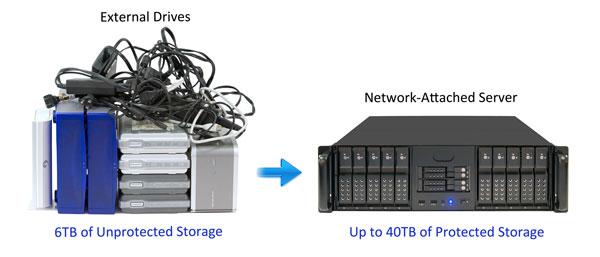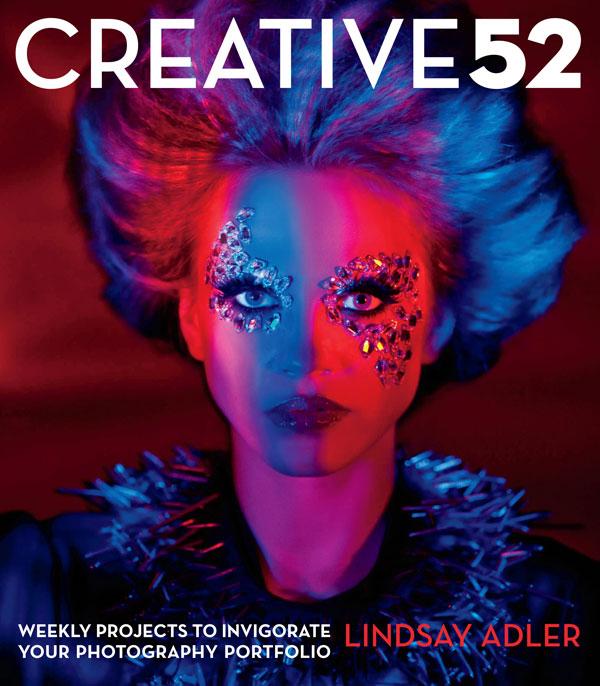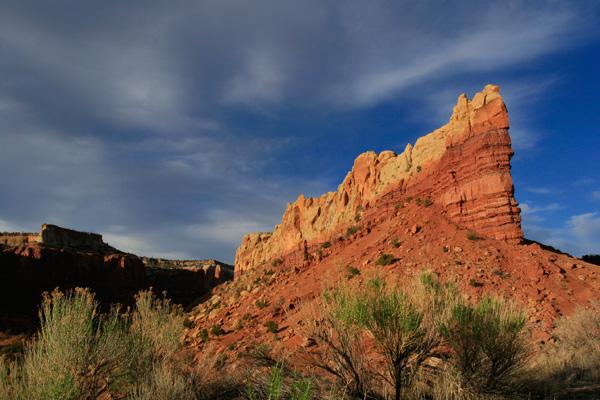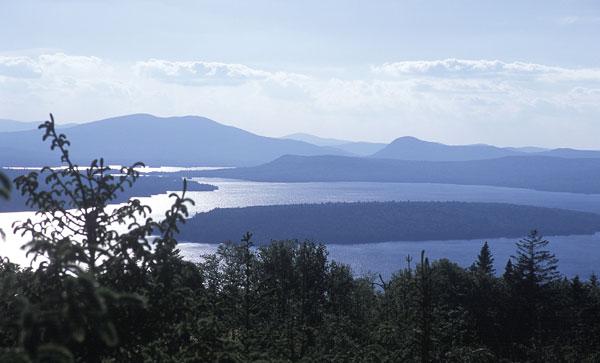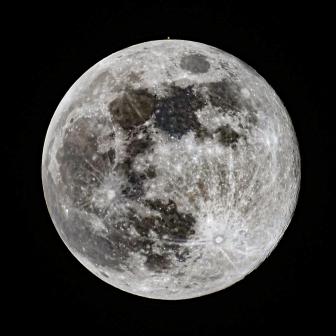|
Jun 20, 2014 |
First Published: May 01, 2014 |
|
Apr 24, 2014 |
|
Apr 24, 2014 |
|
May 15, 2014 |
First Published: Apr 01, 2014 |
|
May 20, 2014 |
First Published: Apr 01, 2014 |
|
May 23, 2014 |
First Published: Apr 01, 2014 |
|
May 27, 2014 |
First Published: Apr 01, 2014 |
|
Jun 03, 2014 |
First Published: Apr 01, 2014 |
|
Jun 05, 2014 |
First Published: Apr 01, 2014 |
|
Mar 25, 2014 |
|
Apr 21, 2014 |
First Published: Mar 01, 2014 |
|
Mar 21, 2014 |
First Published: Feb 01, 2014 |
|
Jan 28, 2014 |
|
Jan 24, 2014 |
First Published: Dec 01, 2013 |






